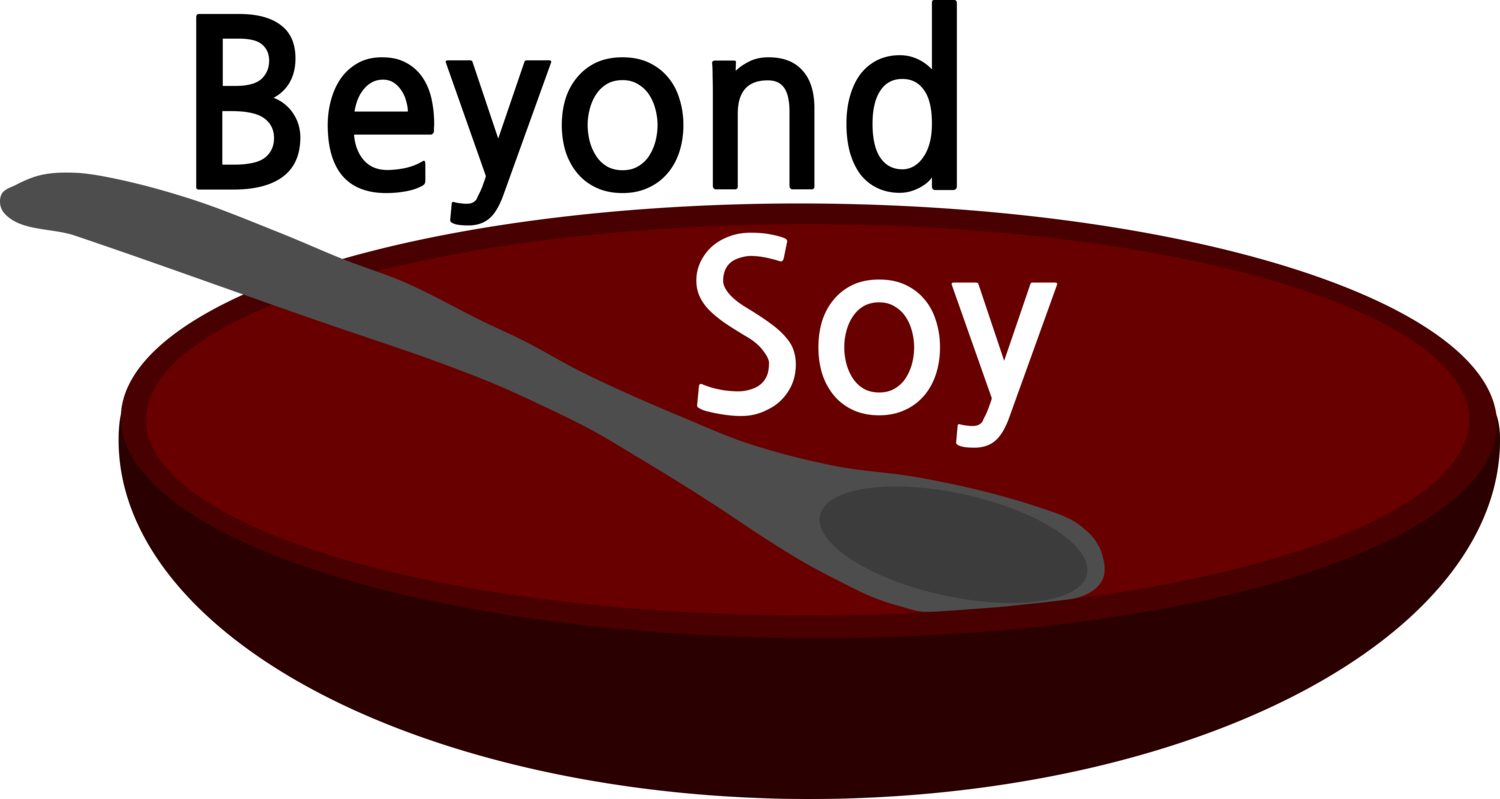Checking the Foreign Grocery Store, Part 1
/Hello! Welcome to Beyond Soy!
A couple of weeks ago, we mentioned that checking out a grocery store is a great way to understand how common soy is when you are in a foreign country. Checking for soy at the grocery store will help you eat out while safely avoiding soy (and you don’t even need to know how to pronounce the food!), but how should you approach a foreign grocery store? Here is what we do when we travel:
First, ideally before even traveling to the country, we look up two things: (1) the word for soy in the region’s language and (2) if that region’s typical diet contains a lot of soy. These two things help us approach the grocery store.
- The Word for Soy: Before traveling to a country, look up the word for soy in all the languages used in that country. Write it down and take it with you! This way, you can look for this word on food packaging to identify if a food contains soy. Often, soy is pretty identifiable across languages (soy, soya, soja, etc.).
- Typical Diet: Before we travel, we like to get a sense for how much the typical diet of a country contains soy. Knowing how much soy is likely to be used in the food helps us to strategically approach the food in the grocery store. When there isn’t too much soy, we look at a much broader variety of foods. If soy is pretty common, we’ll stick much more to what we know since a greater portion of the grocery store will likely contain soy.
image via pixabay
Once we get to the grocery store, we check several specific things: bread, chocolate, pre-packaged foods, and oil. These categories define the common places to find soy and give us a good handle on the types of food that will be safe to eat throughout the region. Be sure to check both the ingredient list and allergen list found on these foods; remember that just because soy isn’t on the allergen list doesn’t mean it isn’t an ingredient!
Bread: The first thing we look at in the grocery store is the bread. Specifically, the processed bread (like sandwich bread). We’ve previously talked about how fresh bread is more likely to be soy-free and this remains true abroad. We check the processed bread in foreign grocery stores because it is one of the most likely places to find soy. Soy flour is frequently used in large-scale production of bread (especially in the US) so checking processed bread for soy is a good indicator of the likelihood of finding soy elsewhere in the grocery store. When looking at processed bread, we check several different varieties and several different brands to get a sense of how common soy is in the bread. If none of the brands contain soy, great! You can most likely safely eat bread on this trip! If all of the brands contain soy, not great! You should probably avoid bread that isn’t freshly baked. We also try to break it down even further: does the cheaper bread contain soy, while the more expensive bread is soy-free? Does the sandwich bread contain soy, but rolls are soy-free? Overall, we try to get a sense for how much of the bread contains soy and identify if there are any trends that we should be aware of when ordering food at a restaurant.
Chocolate: This might be just us, but we always check the chocolate to see if it contains soy lecithin. Soy lecithin is in chocolate worldwide (even really good chocolate), so finding numerous chocolate bars without soy lecithin would indicate that soy is very rare in this area’s diet. (We also really like chocolate and are always on the lookout for new soy-free chocolate to try!)
Part 2 of this post will share the details on the last two places to check for soy in the grocery store!









